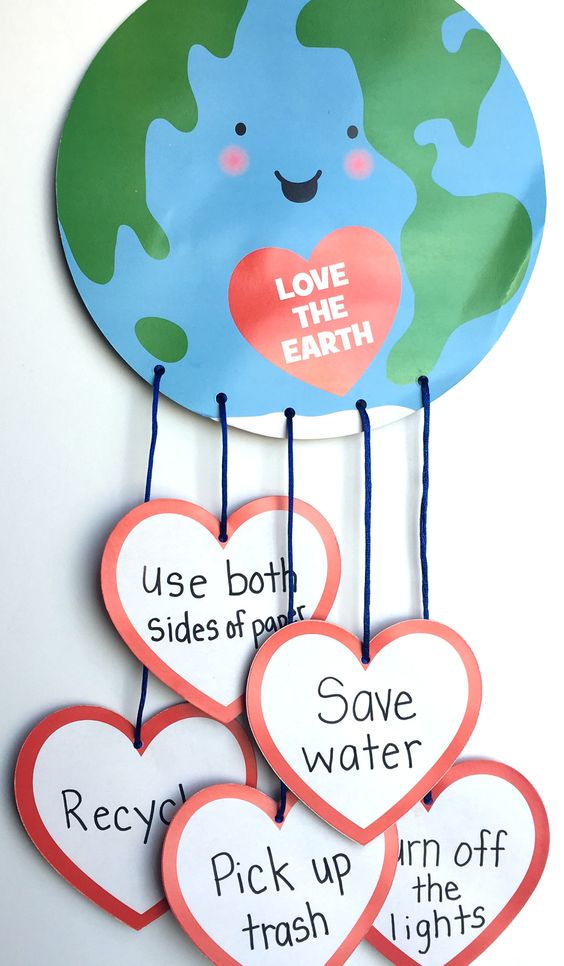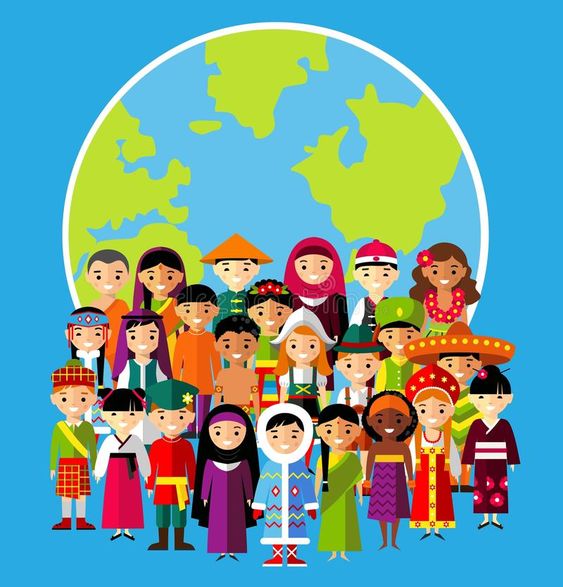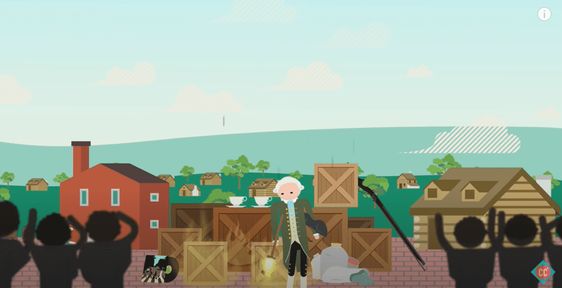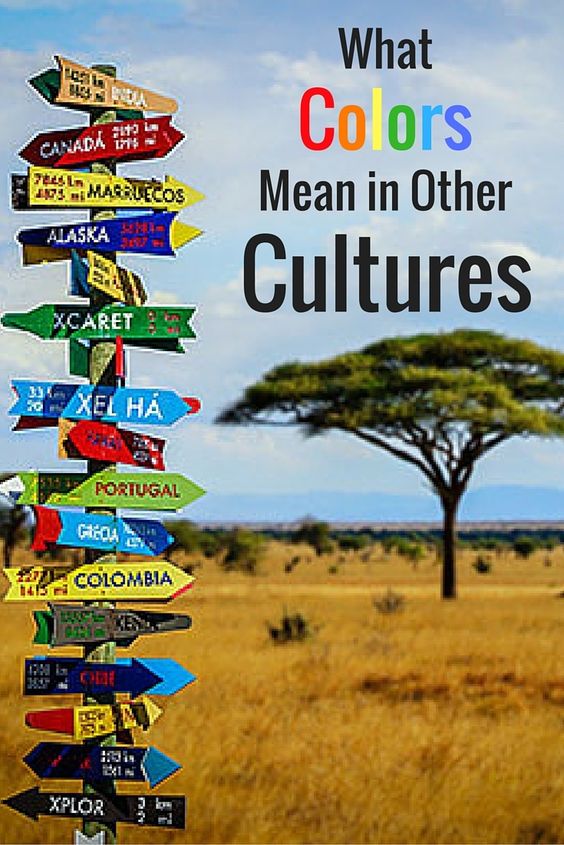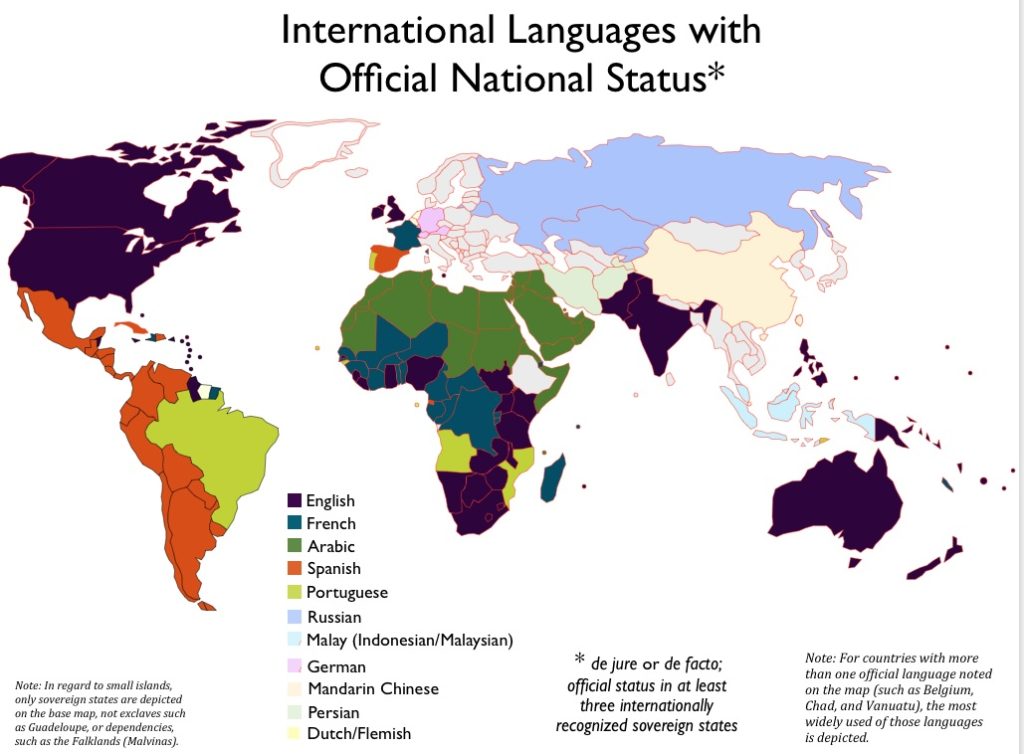- Earth Day was founded by U.S. Senator Gaylord Nelson on April 22, 1970.
- The purpose of Earth Day is to raise awareness about environmental issues and encourage people to take care of the planet.
- Earth Day is celebrated in over 193 countries worldwide, making it one of the largest civic observances in the world.
- Over one billion people participate in Earth Day activities each year, from planting trees to cleaning up their communities.
- The first Earth Day was celebrated in schools, colleges, and local communities across America, with millions of participants.
- Since its inception, Earth Day has inspired the creation of several environmental laws, such as the Clean Air Act and the Endangered Species Act.
- The official symbol for Earth Day is a Greek letter theta (Θ) which represents “earth” in mathematics and the environment in general.
- Each year has a specific theme for Earth Day; for example, the theme for 2022 is “Invest in Our Planet.”
- Planting trees on Earth Day helps remove carbon dioxide from the atmosphere, reducing the effects of climate change.
- Recycling is an important aspect of Earth Day; recycling paper saves trees and energy and reduces water pollution.
- On Earth Day, many people ride bicycles or walk instead of using vehicles to reduce air pollution.
- Eco-friendly crafts are popular on Earth Day; children can create art using recycled materials or objects found in nature.
- Some schools and organizations host educational programs on Earth Day to teach kids about the importance of taking care of our environment.
- Many zoos and aquariums hold special events during Earth Week to educate visitors about wildlife conservation and endangered species.
- It is believed that approximately 100 million new trees are planted on Earth Day each year globally!
- The 2016 Earth Day marked the signing ceremony for the Paris Agreement on climate change, a historic global effort to combat climate change.
- Earth Day is also a great time to explore nature, whether it be taking a hike in the woods or visiting a local park.
- Every year, numerous movies and documentaries are released around Earth Day to spread awareness about various environmental issues.
- The United Nations uses Earth Day as an opportunity to inform and inspire people about their roles in preserving the environment.
- Organizations like Keep America Beautiful and the Arbor Day Foundation help coordinate community cleanup events and tree planting efforts during Earth Week.
- It’s become increasingly popular for people to participate in “Meatless Mondays,” which promote plant-based diets to help reduce carbon emissions from producing animal products.
- By conserving water and turning off lights when they’re not needed, kids can help reduce their impact on the environment while celebrating Earth Day.
- One great way to celebrate Earth Day is by creating a pollinator-friendly garden, which supports bees, butterflies, and other pollinators essential for our ecosystems.
- Many cities around the world host special events like rallies, workshops, and lectures during Earth Week to encourage environmental conservation.
- Finally, one of the most important things we can do on Earth Day is pledge to be mindful of our choices and strive to protect our planet every day.
Celebrate this Earth Day with knowledge and enthusiasm! Encourage your kids to embrace these amazing facts and take part in making our planet greener and cleaner! Let’s make Earth Day not just an annual event but a daily habit!
